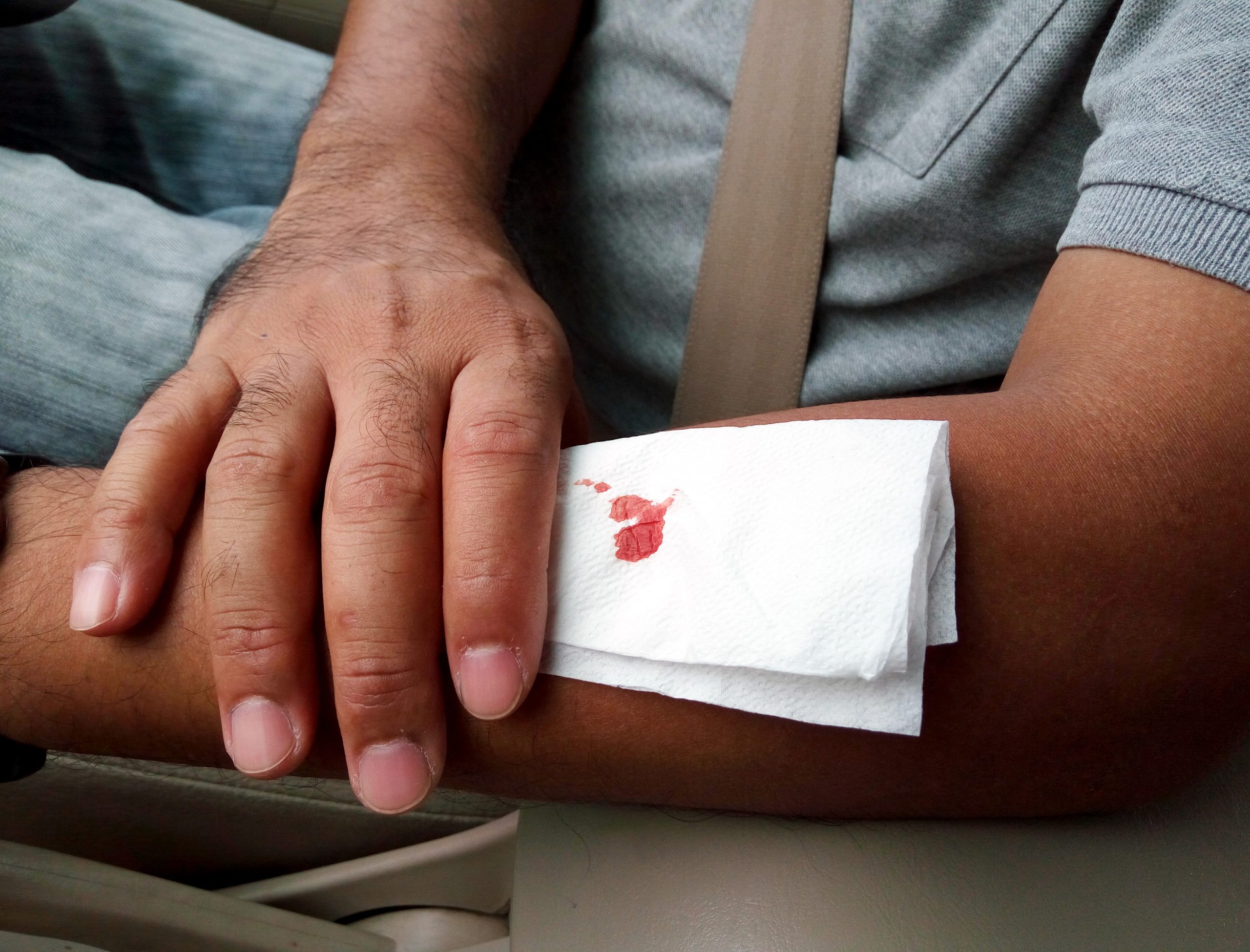Focus of the Month: OSHA Safety Procedures For Universal Precautions
For businesses that aren’t involved in healthcare, protecting employees against infectious diseases may not seem like a significant, or even necessary component of their safety management system. However, OSHA requires that every employer has an exposure control plan if employees could “reasonably [anticipate] … contact with blood or potentially infectious materials that may result from the performance of an employee’s duties.”
An important part of that exposure control plan is training employees to avoid contact with blood or other bodily fluids that could be contaminated with bloodborne pathogens like the Hepatitis B virus (HBV) and the human immunodeficiency virus (HIV) that lead to chronic and even fatal diseases. Neither of these diseases is curable, though some people’s immune systems can recover completely from an acute HBV infection. Others aren’t so healthy, or lucky, and will battle the disease for the rest of their lives. And for others, HBV and HIV can be fatal. Safety isn’t a gamble – we can’t rely on “luck” to protect workers from contracting potentially fatal diseases.
OSHA Safety Procedures For Universal Precautions
Employees must follow proper OSHA safety procedures when there is potential for coming in contact with this hazard. For those responsible for cleaning and disposing of potential sources of contamination, though, avoidance is not an option; these employees must be trained to use universal precautions. They are simple and effective actions that, when properly performed, can protect employees from bloodborne pathogens.
Universal precautions include:
- Coaching injured individuals who only have minor wounds to apply bandages to themselves
- Treat any unknown substance or object that could potentially be contaminated with a bloodborne pathogen as though it is contaminated
- This is especially true for those who dispose of trash, as many people improperly dispose of objects contaminated with blood
- Always use barriers such as gloves when dealing with blood or other bodily fluids. Even a plastic bag can be used as a glove in an emergency, though make sure to check for holes first.
- Carefully remove and dispose of gloves, masks, and/or eye protection that might be infected in special biohazard waste bags or containers
- Wash hands immediately after handling potentially contaminated materials, even if gloves were worn
Companies that train employees on universal precautions make a clear statement that their employees’ safety, health, and well-being are important. Doing so is also necessary for complying with OSHA’s safety requirements to protect workers against bloodborne pathogens.
Thankfully, bloodborne pathogens are not like the common cold and flu. They cannot survive outside of human blood or certain other bodily fluids. This means that they don’t spread through sneezing, coughing, or vomiting. They don’t even spread through kissing (saliva). However, if an individual has a cut in their mouth or nose, and there is blood mixed in with the other substances, the blood can transmit the virus. The exposure to contaminated blood doesn’t pose a certain risk of infection, as the blood and virus need to enter a healthy person’s body through an open wound or a mucus membrane such as the person’s eyes or inside a person’s nose. Not a very pleasant thought, but it is worth mentioning to prevent unnecessary fear and panic.
Employees who have been trained to use OSHA safety universal precautions minimize their risk of becoming infected by bloodborne pathogens, allowing them to live longer and healthier lives. When compared to the devastation that one of these diseases could wreak on an employee’s life, training employees on universal precautions is a sound investment decision for any employer.








